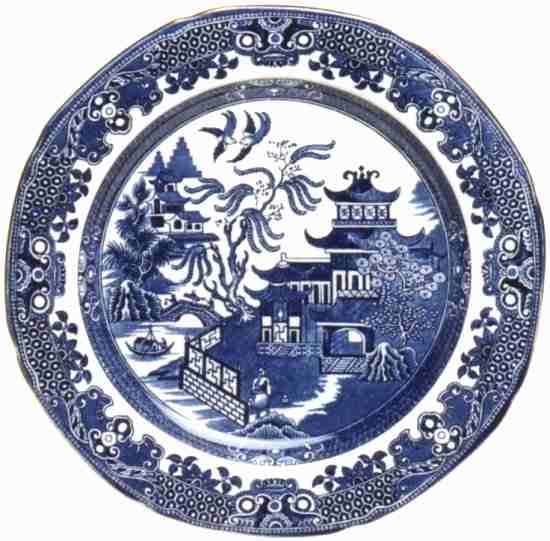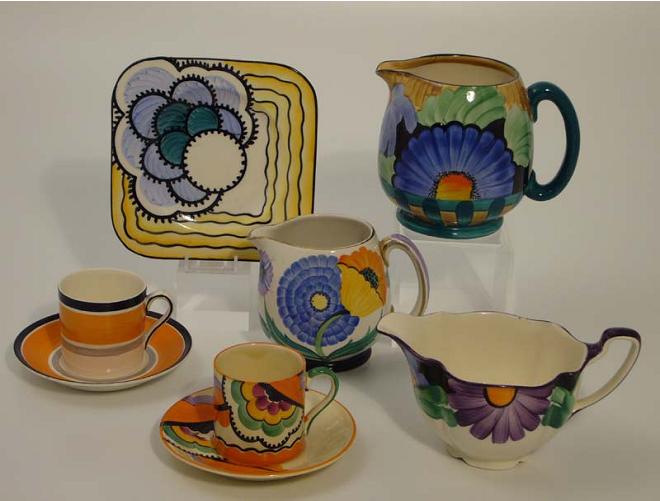The augustus rex mark or monogram (AR) was introduced by Meissen in the first half of the 18th century when the crossed swords were introduced.
The AR monogram was a special mark reserved for objects used by the court of Elector August the Strong, founder of the Meissen factory and later reigning monarch of Poland, King August II. It was also added to pieces produced for the court of his son, August III, who succeeded him in 1733.
All court pieces were marked with the AR monogram, and occasionally the mark was added to gifts produced for royal visitors.
The mark was always applied by hand, in underglaze blue, and some variations exist. However pieces marked with the AR monogram were produced in the very early days of the meissen factory and are mostly decorated with oriental motifs, in the Bottger chinoiserie or the kakiemon style.
It goes without saying that surviving pieces are very rare and very expensive and that there are almost none available on the open market. Most if not all of the existing pieces are part of Royal or museum collections.
You do see AR marked porcelain for sale at auctions on internet auction sites and at fairs and markets; and buyers should be aware that they are probably all imitations, most having been produced in the second half of the 19th century.
Most imitations will be colourful and completely different in style from the original early 18th century meissen pieces.
In the 1880’s Meissen did take legal steps and attempt to stop the imitations (as they have also done with their crossed swords mark), but as with todays modern market, the general public are quite willing to accept imitations at the right price and the copies contimue to be produced throughout europe.











